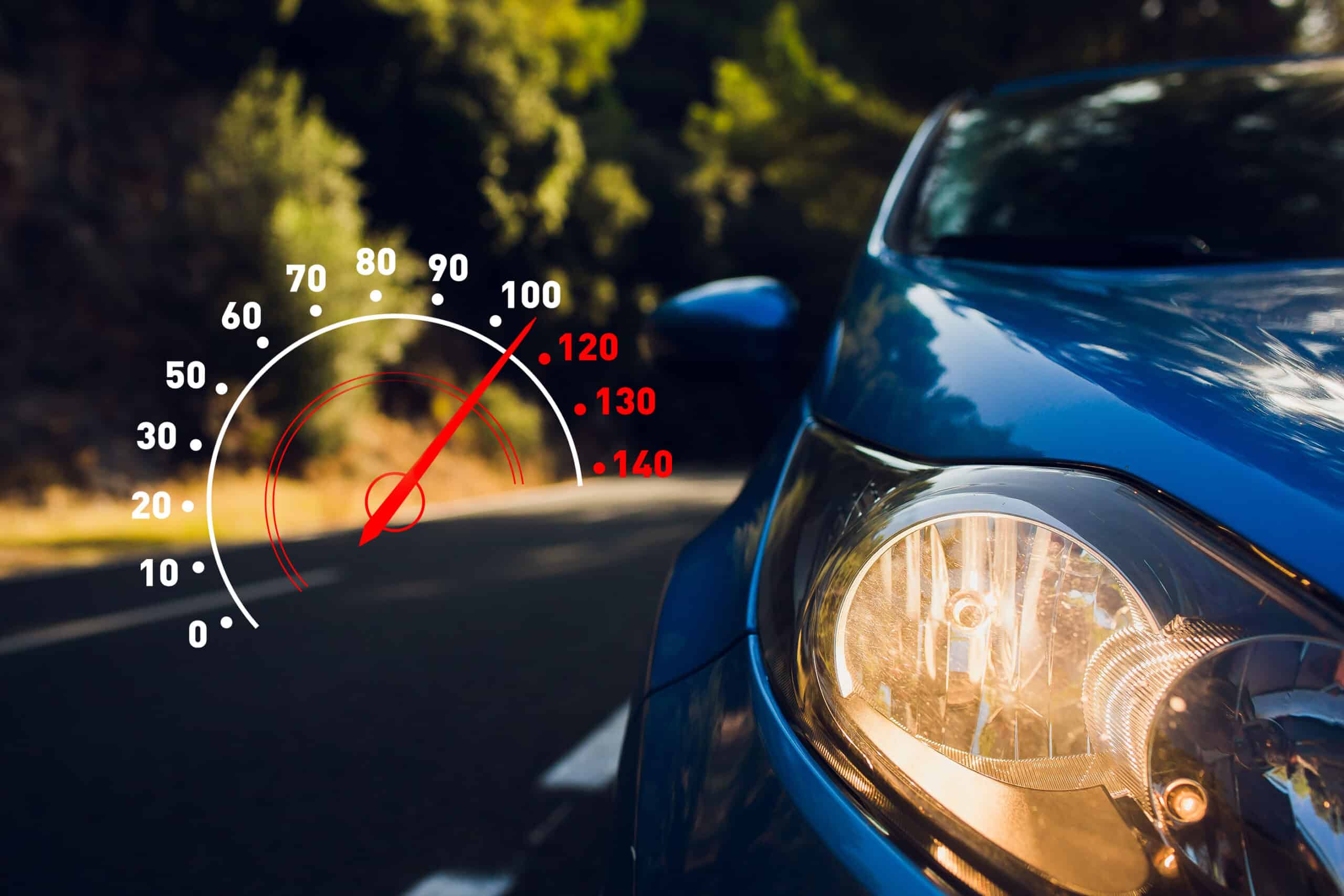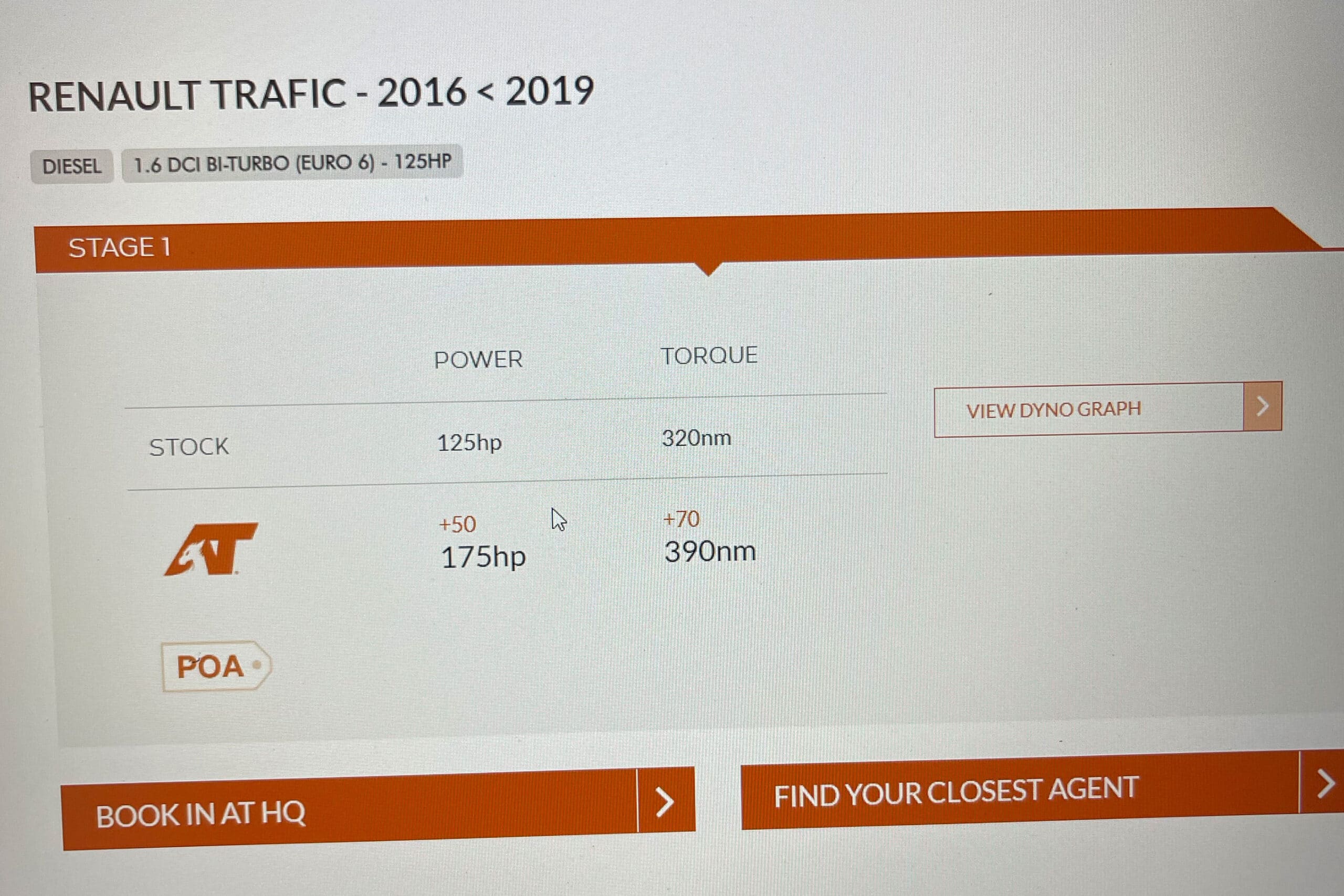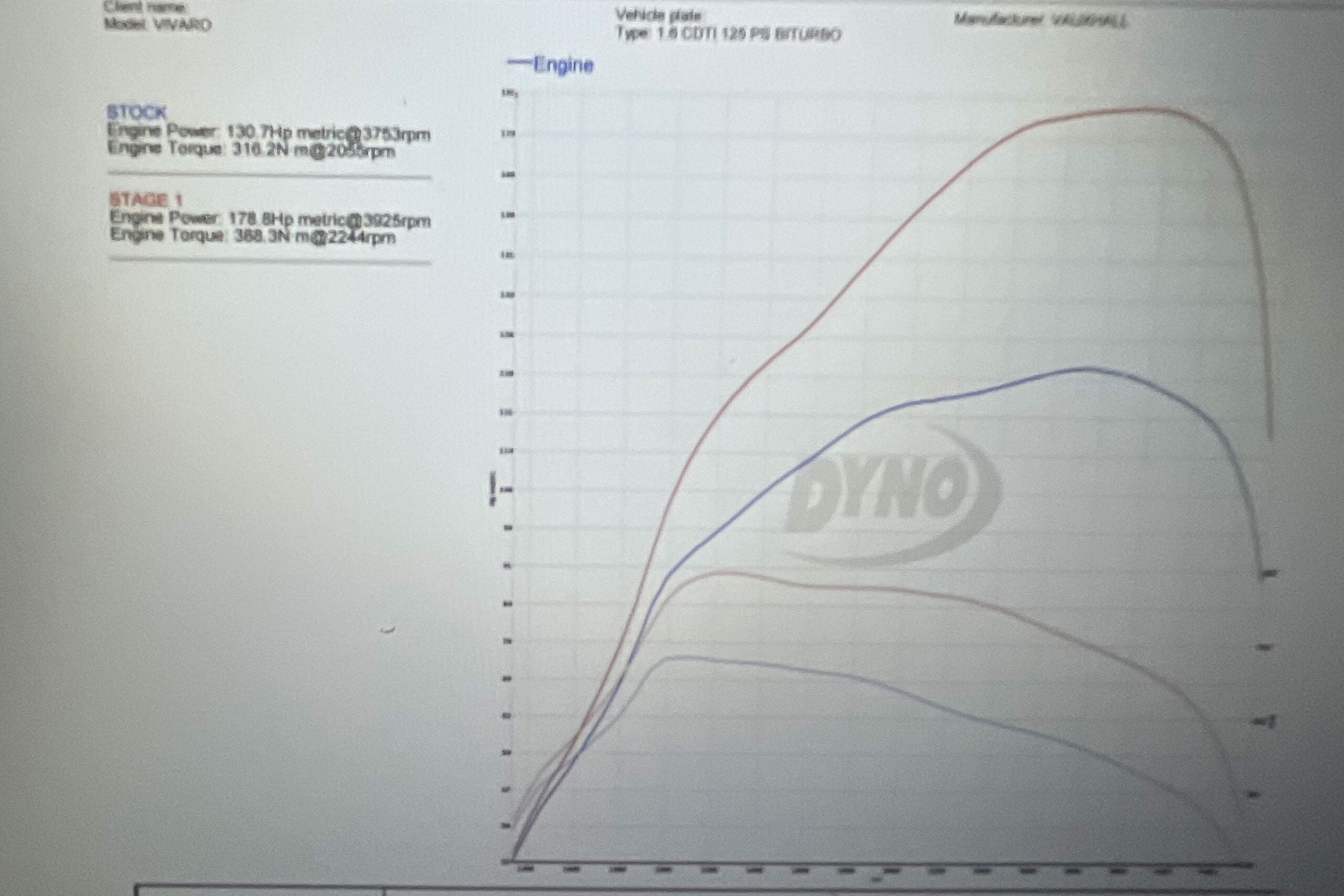
From Mild To Wild: ECU Remapping Stages And Techniques Explained
ECU remapping is a technique used to optimise a vehicle’s performance by modifying its engine control unit (ECU). Offering benefits such as improved power output, increased torque and enhanced fuel efficiency, ECU remapping has become increasingly popular among car enthusiasts. This comprehensive guide will provide a deep dive into the stages of ECU remapping, from the preliminary assessment to the final tests and fine-tuning. Additionally, we will explore the distinct stages of remapping: Stage 1, Stage 2 and Stage 3.
The Process of ECU Remapping
Preliminary Assessment: Vehicle And ECU Analysis
Before embarking on the ECU remapping process, it’s essential to assess the vehicle’s engine condition, mileage and any aftermarket modifications. This initial evaluation ensures the engine is healthy and compatible with the desired performance enhancements. Additionally, the ECU must be analysed for compatibility with the remapping process.

Auto Stop Provides Predicted Results From An ECU Remapping Upgrade. This Chart Shows The Results For A 2016 Renault Trafic (Diesel Van)
Data Extraction: Original ECU Map Retrieval
The original ECU map contains vital information about the engine’s performance parameters, such as ignition timing, air/fuel ratios and turbo pressure. This map is extracted using specialised software and hardware tools, typically through the onboard diagnostic port (OBD). Retrieving the original ECU map ensures that it remains unaltered, allowing for easy restoration if necessary.
Map Modification: Performance Calibration
With the original ECU map in hand, the tuner modifies specific parameters to enhance the vehicle’s performance. This calibration process may involve altering fuel delivery, ignition timing or turbo pressure. It’s crucial to strike a balance between performance gains and engine reliability, avoiding aggressive adjustments that could compromise the engine’s long-term health.
Customisation: Vehicle-Specific Tuning
The new ECU map is tailored to the unique specifications of the vehicle, considering its make, model and any aftermarket modifications. This stage ensures optimal performance enhancements while maintaining engine reliability.
Map Installation: Uploading The Modified ECU Map
The modified ECU map is uploaded back into the vehicle’s engine control unit, typically through the OBD port. The engine will begin operating under the new performance parameters, yielding improved power, torque, and fuel efficiency.
Post-Remapping Tests: Verification And Fine-Tuning
To ensure the remapping process was successful, the vehicle undergoes a series of post-remapping tests. These tests may include road testing, monitoring live data and potentially using a dynamometer to measure power output and torque. If necessary, the tuner will make minor adjustments to the ECU map based on the test results.
Stages of ECU Remapping
Stage 1 Remapping: Optimising The Stock Setup

ECU Remapping Service Provided From Auto Stop For A Renault Trafic Van. Performance Chart Showing An Immediate Increase In Power & Torque.
Overview:
Stage 1 remapping focuses on optimising the performance of a vehicle with its original, unmodified factory setup. This stage can yield noticeable gains in horsepower and torque without the need for any hardware modifications.
Benefits:
Stage 1 remapping is ideal for those looking to enhance their vehicle’s performance while maintaining its factory warranty and overall reliability.
Note: As seen in the performance chart above. A stock standard 2016 Renault Trafic Diesel Van drastically improved its power and torque from an ECU remap at Auto Stop.
Stage 2 Remapping: Powering Up With Hardware Upgrades
Overview:
Stage 2 remapping builds upon Stage 1 by incorporating hardware upgrades to achieve greater performance gains. These upgrades may include high-performance air intake systems, exhaust upgrades, intercoolers, or high-flow fuel injectors.
Benefits:
Stage 2 remapping is well-suited for car enthusiasts seeking a more significant boost in performance while maintaining a balance between power and engine reliability.
Stage 3 Remapping: Unleashing Maximum Potential
Overview:
Stage 3 remapping is designed for those who desire to push their vehicle’s performance to its maximum potential. This stage involves extensive hardware upgrades, such as larger turbochargers, performance camshafts and fully forged internal engine components.
Benefits:
Stage 3 remapping offers the most significant performance gains, but it’s essential to consider the potential impact on engine longevity and the voiding of factory warranties. This stage requires specialised tuning expertise due to the extensive alterations to the engine’s performance parameters.
The True Rewards Of ECU Remapping
ECU remapping is a complex and rewarding process that can significantly enhance a vehicle’s performance. Understanding the various stages of ECU remapping and their benefits, as well as the step-by-step process of modifying the engine control unit, can help you to make an informed decision about the best approach for your vehicle.
A lot of intricate steps are involved in ECU remapping. Steps range from initial assessment to final testing and fine-tuning. It’s crucial to entrust these tasks to a professional with expertise in the field. Taking into account your vehicle’s specific characteristics and your desired performance outcomes, you can confidently select the most suitable stage of ECU remapping to enhance your driving experience. For further guidance and expert assistance on ECU remapping tailored to your vehicle, the team at Auto Stop are here to help.
Auto Stop are professionals in ECU remapping and we have a comprehensive service for ECU remapping in both Brisbane and Gold Coast. Contact us for any ECU issues you may have, we’re here to help.


